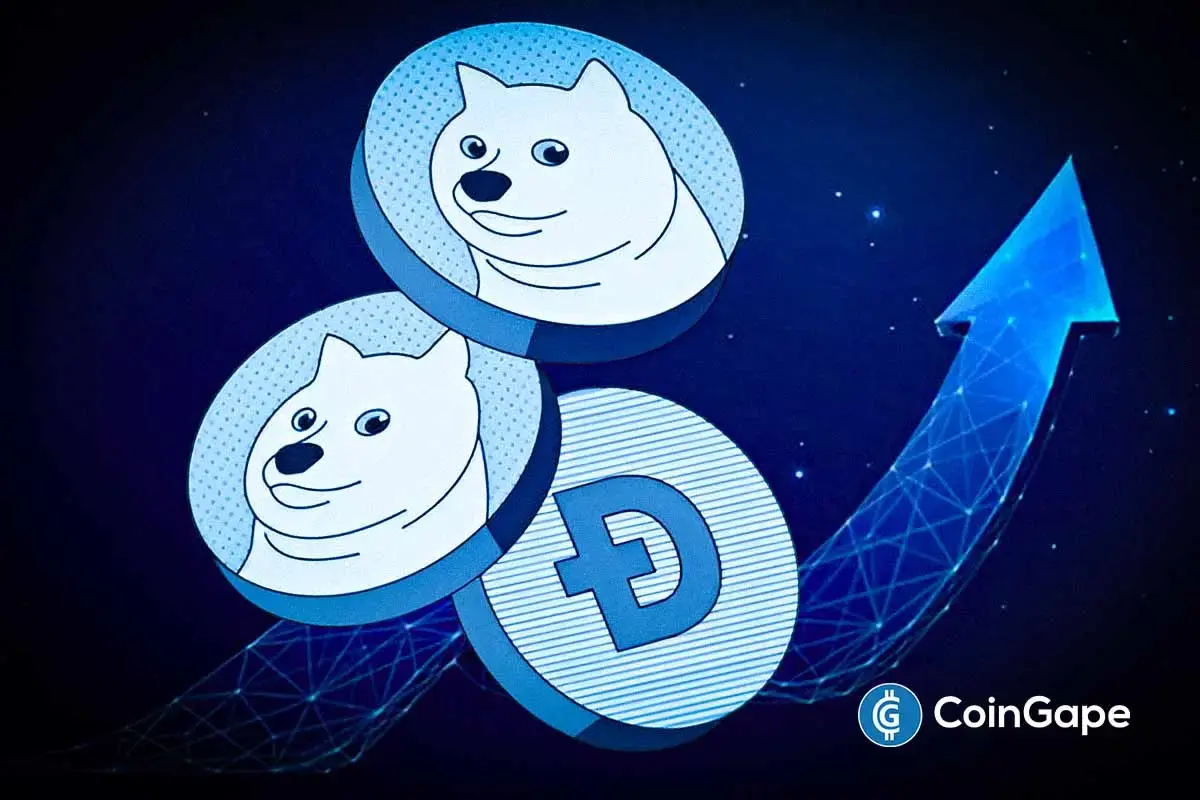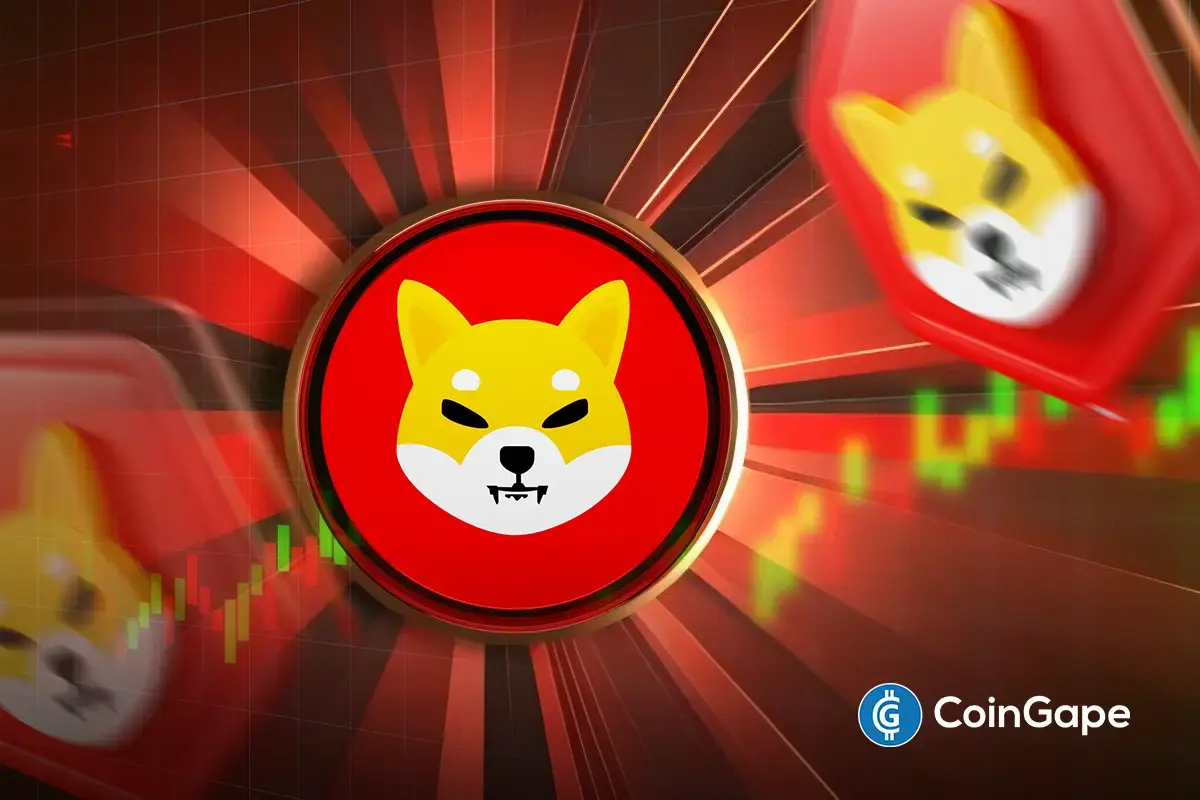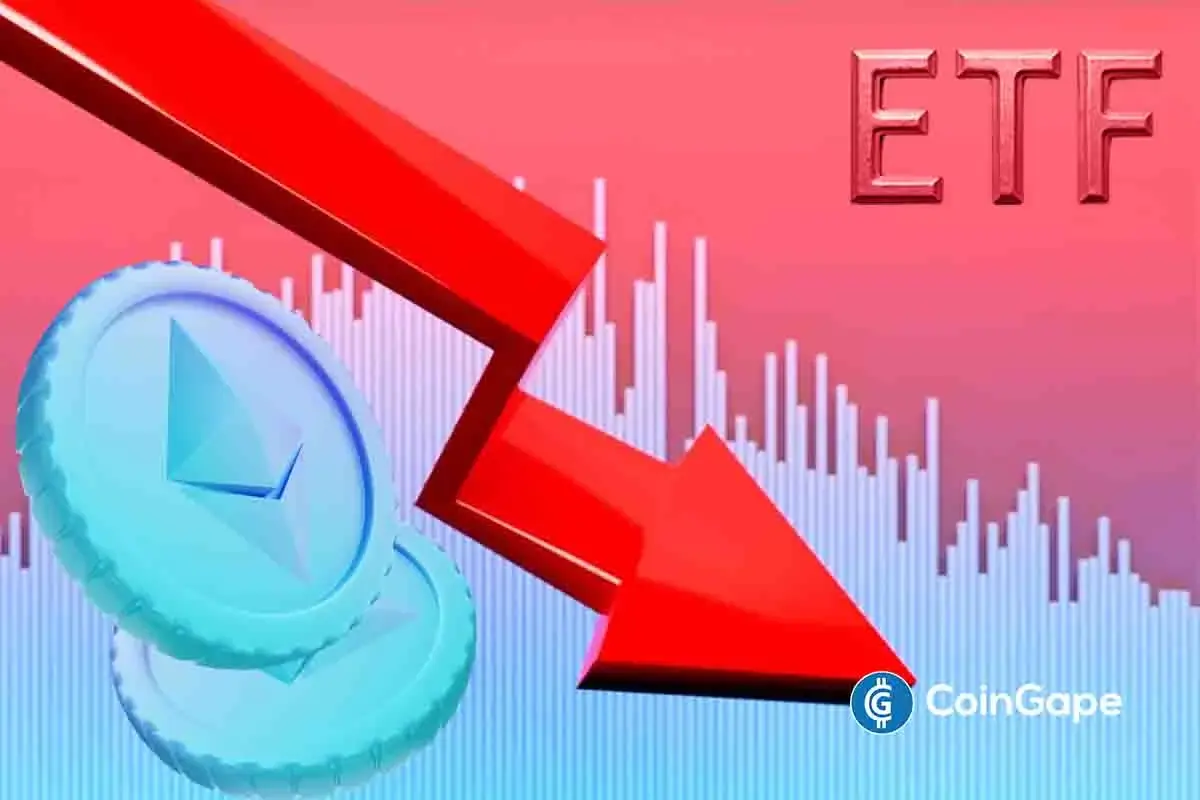Market
Donald Trump’s Crypto Donations Hit $3 Million, New NFT Coming
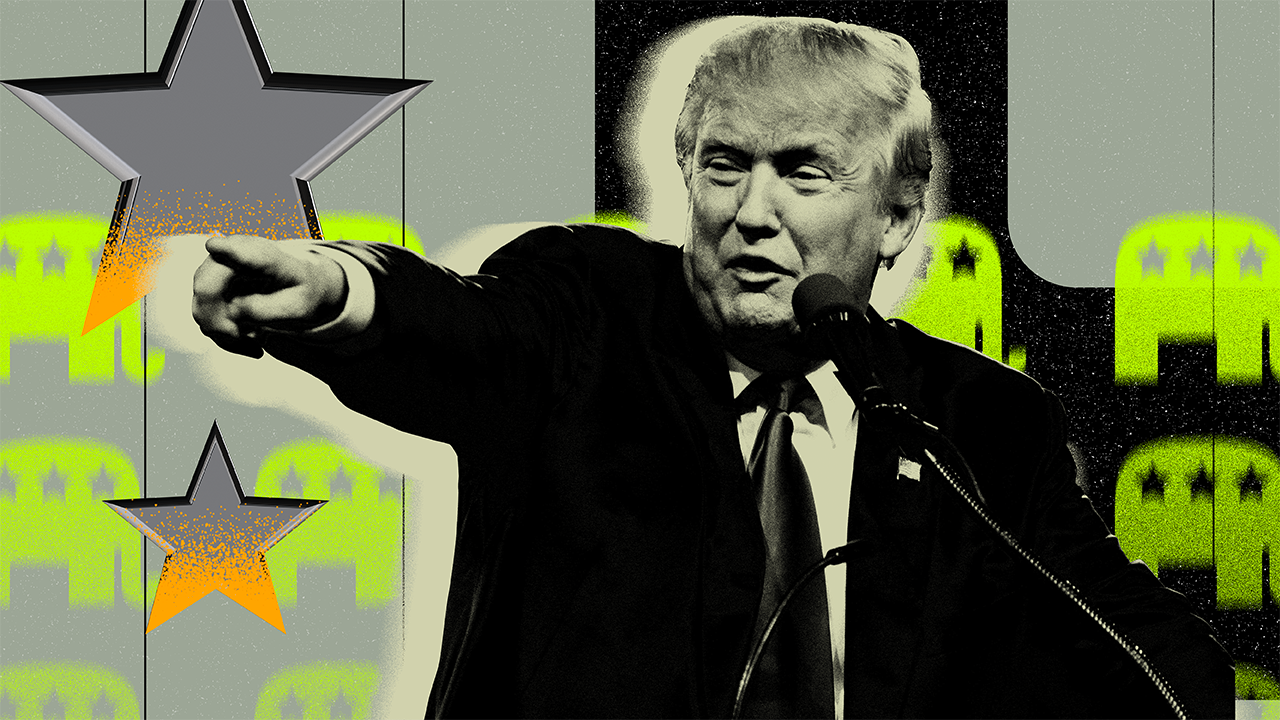

Former US President Donald Trump hints at a plan to launch his fourth non-fungible token (NFT) collection.
This move reflects Trump’s increasing engagement with the Web3 space and marks a notable shift in his stance on digital currencies.
Trump’s Surprise Success with NFTs Sparks New Collection Plans
In a recent interview with Bloomberg, Trump revealed his intentions to release the new NFT collection. He expressed surprise at his previous NFT ventures’ overwhelming response and success.
“I did things like NFTs and, you know, stuff. And I noticed that 80% of the money was paid in crypto. It was incredible,” Trump stated.
Read more: 11 Most Expensive NFTs Ever Sold
Trump teased at the prospect of a fourth collection during a gala dinner for his mugshot NFT holders at Mar-a-Lago in May. However, he had yet to specify the timeline and provide further details at that time.
Trump’s initial foray into NFTs began in December 2022 with the launch of his “Trump digital trading cards.” These collectibles quickly sold out, raising approximately 648 Ethereum (ETH), equivalent to roughly $785,000 then.
Trump’s venture into NFTs and crypto has not gone unnoticed within the industry. His campaign has garnered support from notable figures in the crypto space, including Marc Andreessen and Ben Horowitz, co-founders of the venture capital firm Andreessen Horowitz (a16z).
Horowitz voiced his support for Trump in his latest podcast episode. He cited Trump’s favorable policies for the tech and startup ecosystem as a decisive factor.
“But the future of our business, the future of new technology, and the future of America is literally at stake. So here we are. And for a little tech, we think Donald Trump is actually the right choice,” Horowitz said.
From Pizzerias to Crypto Moguls: Diverse Donors Fuel Trump’s Campaign
This growing support has also translated into substantial financial backing. The Wall Street Journal recently reported that Trump’s campaign earned $3 million in crypto donations during the second quarter. These contributions are part of the broader $331 million raised across various fundraising arms.
Two of Trump’s joint fundraising committees recorded the donations, primarily made in Bitcoin and Ethereum, in federal campaign filings. The influx of crypto donations can be attributed to several prominent individuals within the digital asset industry.
For instance, Cameron and Tyler Winklevoss, co-founders of the Gemini crypto exchange, collectively donated $1.6 million in Bitcoin. Additionally, Jesse Powell, co-founder of the Kraken exchange, contributed $845,000 worth of Ethereum.
In addition to these high-profile contributions, the donations reflected support from everyday individuals. For example, a Michigan pizzeria owner and a ticket-vending machine agent for the Long Island Rail Road were among the many who made smaller contributions in cryptocurrency.
Trump’s current stance on crypto represents a significant departure from his earlier views. During his previous presidency, he was highly critical of Bitcoin and other digital currencies, labeling them “not money” and “fraud.”
However, his recent actions and statements suggest a notable shift. BeInCrypto reported that earlier in June, Trump even stated that he wants all Bitcoin to be made in the US.
“If we don’t do it, China is going to pick it up, and China’s going to have it—or somebody else. […] So you have to look at it—what I want, again, is what is good for the country. So we have a good foundation. […] But I don’t want to be responsible for allowing another country to take over this sphere,” Trump explained his rationale.
Read more: How To Donate Crypto Using The Giving Block
Despite Trump’s newfound support for crypto, not everyone in the industry agrees with his vision. Some experts argue that making Bitcoin in the US could create jurisdictional risks, potentially compromising its decentralized nature. Additionally, there are questions about the sincerity of Trump’s support, with some viewing his actions as politically motivated rather than a genuine endorsement of the technology.
Disclaimer
In adherence to the Trust Project guidelines, BeInCrypto is committed to unbiased, transparent reporting. This news article aims to provide accurate, timely information. However, readers are advised to verify facts independently and consult with a professional before making any decisions based on this content. Please note that our Terms and Conditions, Privacy Policy, and Disclaimers have been updated.
Market
Asia’s First XRP Investment Fund is Here, Backed by Ripple
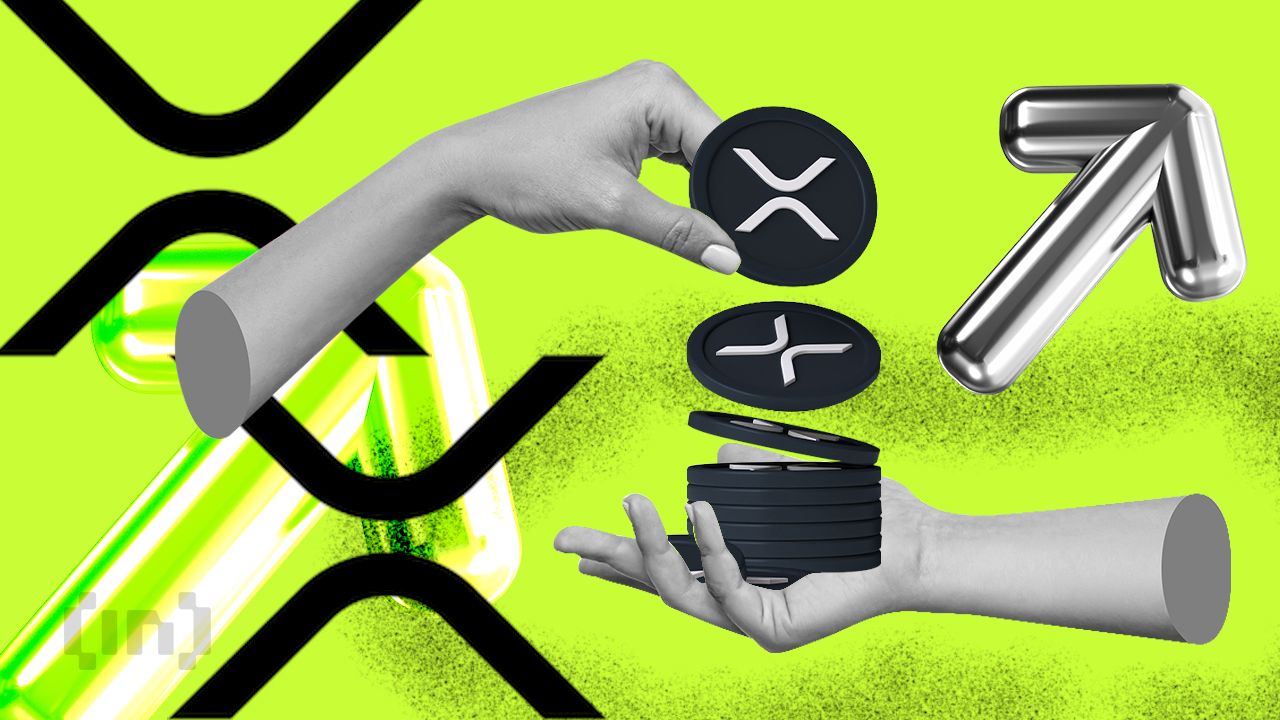
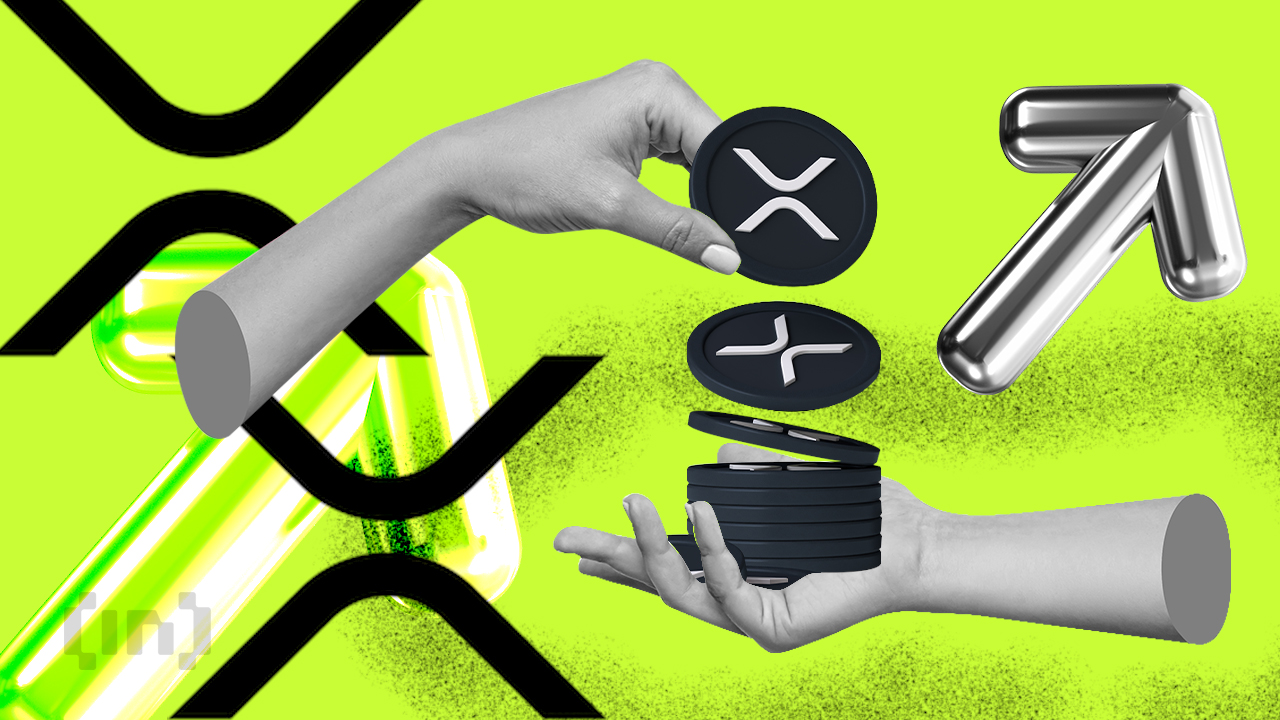
HashKey Capital has launched the HashKey XRP Tracker Fund, the first fund in Asia focused exclusively on tracking the performance of XRP.
The fund is now open to professional investors. Ripple is backing the initiative as an early investor.
Institutional Interest in XRP Investment Continues to Grow
According to HashKey, XRP offers a faster and more cost-effective alternative to traditional cross-border payment systems. The new tracker fund aligns with HashKey Capital’s goal of connecting conventional finance with digital asset markets.
The fund allows investors to subscribe using either cash or in-kind contributions. Investors can redeem or subscribe to shares on a monthly basis.
CF Benchmarks, known for its role in global ETF markets, will provide the fund’s benchmark.
“XRP stands out as one of the most innovative cryptocurrencies in today’s market, attracting global enterprises who use it to transact, tokenize, and store value. With the first XRP Tracker Fund available in the region, we simplify access to XRP, catering to the demand for investment opportunities in the very best digital assets,” said Vivien Wong, Partner at HashKey Capital.
Most recently, Ripple acquired prime brokerage platform Hidden Road for $1.25 billion. It was one of the largest acquisition deals in the crypto and blockchain space.
Earlier today, Hidden Road secured a broker-dealer license from the Financial Industry Regulatory Authority (FINRA).
Meanwhile, XRP continues to gain traction with institutional investors. Standard Chartered recently forecast that XRP could surpass Ethereum by 2028, citing increased demand for efficient cross-border payment solutions and growing disruption in global trade.
“XRP is uniquely positioned at the heart of one of the fastest-growing uses for digital assets – facilitation of cross-border and cross-currency payments. In this way, XRPL is similar to the main use case for stablecoins such as Tether. This stablecoin use has grown 50% annually over the past two years, and we expect stablecoin transactions to increase 10x over the next four years. We think this bodes well for XRPL’s throughput growth, given the similar use cases for stablecoins and XRPL,” Geoff Kendrick, Standard Chartered’s Head of Digital Assets Research, told BeInCrypto.
Interest in XRP ETFs is also increasing. Teucrium Investment Advisors recently received NYSE Arca approval for the Teucrium 2x Long Daily XRP ETF (XXRP), the first leveraged XRP ETF in the United States.
Also, attention is now turning to spot XRP ETFs. Grayscale and 21Shares are both awaiting decisions from the SEC on their XRP-based products.
The SEC has up to 240 days to review the Grayscale XRP Trust and the 21Shares Core XRP Trust, with final deadlines set for October 18 and 19, 2025.
XRP’s price has declined by nearly 20% over the past month, but institutional confidence remains high.
Ripple recently confirmed progress in resolving its long-standing legal battle with the SEC. A joint motion to pause court proceedings was approved, giving both parties 60 more days to finalize a settlement.
Disclaimer
In adherence to the Trust Project guidelines, BeInCrypto is committed to unbiased, transparent reporting. This news article aims to provide accurate, timely information. However, readers are advised to verify facts independently and consult with a professional before making any decisions based on this content. Please note that our Terms and Conditions, Privacy Policy, and Disclaimers have been updated.
Market
How $31 Trillion in US Bonds Could Impact Crypto Markets in 2025
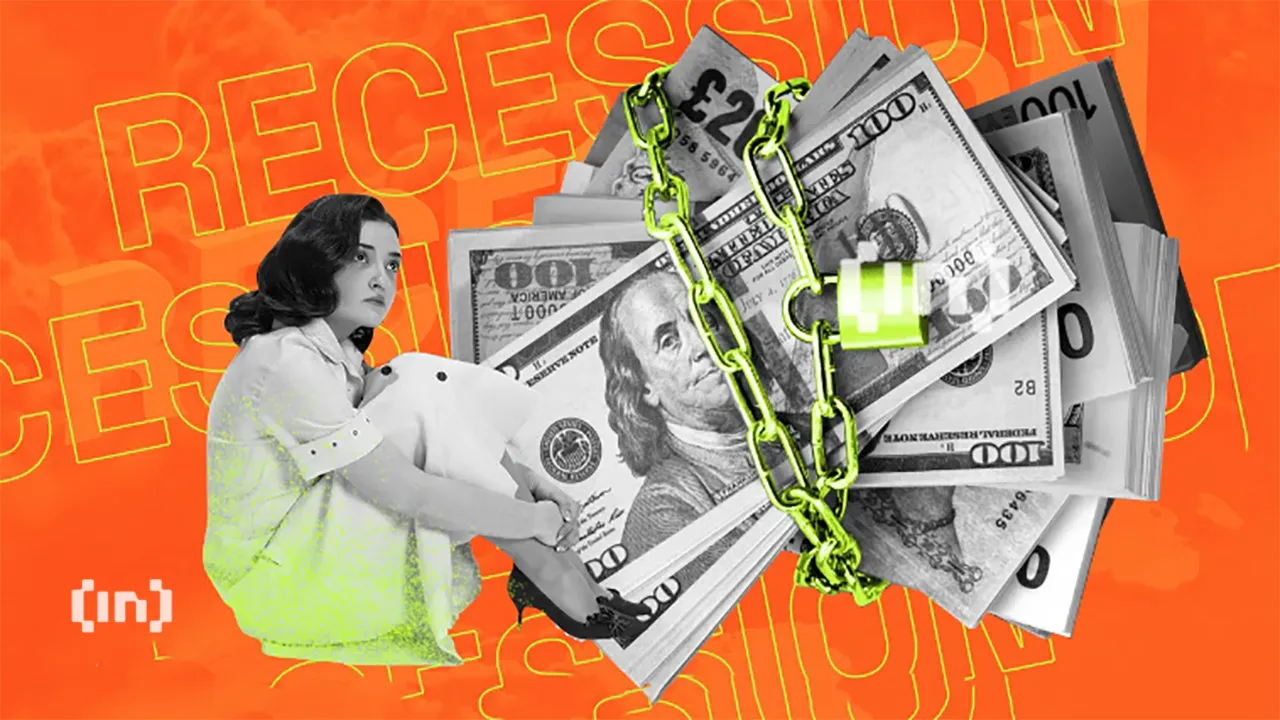
US Treasury plans to issue over $31 trillion in bonds this year—around 109% of GDP and 144% of M2. This would be the highest recorded level of bond issuance in history. How will it impact the crypto market?
Heavy supply may push yields higher, as Treasury financing needs outstrip demand. Higher yields increase the opportunity cost of holding non‑yielding assets like Bitcoin and Ethereum, potentially drawing capital away from crypto.
US Bonds Might Add to the Crypto Market’s Volatility
The whole narrative potentially boils down to foreign demand for US bonds. Overseas investors hold roughly one‑third of US debt.
Any reduction in appetite—whether due to tariffs or portfolio rebalances—could force the Treasury to offer even steeper yields. Rising yields tend to tighten global liquidity, making risk assets like cryptocurrencies less attractive.

When yields climb, equities and crypto can face selling pressure. For example, during the 2022 bond sell‑off, Bitcoin fell more than 50% alongside Treasury yields spiking. A repeat scenario could test crypto’s appeal.
Meanwhile, the US dollar’s strength could compound headwinds. As yields rise, the dollar typically gains. A stronger dollar makes Bitcoin’s USD‑denominated price more expensive for overseas buyers, dampening demand.
Yet crypto offers unique attributes. In periods of extreme monetary expansion, such as post‑pandemic, investors turned to Bitcoin as an inflation hedge.
Even if higher yields curb speculative flows, crypto’s finite supply and decentralized nature may sustain a baseline of buyer interest.
Technically, Bitcoin’s correlation to yields may weaken if Treasury issuance triggers broader macro volatility. When bond markets are hit by trade or fiscal policy shocks, traders may turn to digital assets to diversify since they don’t move in step.
However, that thesis hinges on continued institutional adoption and favorable regulation.
Crypto’s liquidity profile also matters. Large bond sales often drain bank reserves—tightening funding markets.
In theory, tighter liquidity could boost demand for DeFi protocols offering higher yields than traditional money markets.
Overall, record US debt supply points to higher yields and a stronger dollar—volatility for crypto as a risk asset.
Yet crypto’s inflation‑hedge narrative and evolving technical role in diversified portfolios could temper volatility. Market participants should watch foreign demand trends and liquidity conditions as key indicators for crypto’s next moves.
Disclaimer
In adherence to the Trust Project guidelines, BeInCrypto is committed to unbiased, transparent reporting. This news article aims to provide accurate, timely information. However, readers are advised to verify facts independently and consult with a professional before making any decisions based on this content. Please note that our Terms and Conditions, Privacy Policy, and Disclaimers have been updated.
Market
Are Ethereum Whales Threatening ETH Price Stability?

Ethereum (ETH) continues to struggle below the $2,000 mark, a level it hasn’t reclaimed since March 28, as bearish momentum lingers across both technical and on-chain indicators. Despite attempts to stabilize, recent data reveals rising concentration of ETH among whale wallets, alongside persistent weakness in trend indicators like EMA lines.
At the same time, retail and mid-sized holders are gradually losing share, further skewing ownership toward large players. This combination of declining retail participation and heavy whale dominance may leave ETH increasingly vulnerable to sharp corrections if sentiment turns.
ETH Whale Holdings Hit 9-Year High, Raising Centralization Concerns
The amount of ETH held by whale addresses—wallets controlling more than 1% of the total circulating supply—has reached its highest level since 2015, sitting at 46%.
This marks a significant shift in Ethereum’s ownership data, as whales surpassed the holdings of retail investors back on March 10 and have continued to grow their share since. In comparison, investor-level addresses, which hold between 0.1% and 1% of supply, and retail wallets, which hold less than 0.1%, have both seen declines in their share of ETH.
The jump from 43% to 46% in just a few months reflects a sharp accumulation trend among the largest holders, suggesting a growing concentration of ETH in fewer hands.

Whales typically represent institutional investors, funds, or early adopters, and their behavior can significantly impact price due to the volume they control. Investor-level addresses often reflect high-net-worth individuals or smaller institutions, while retail addresses include everyday traders and holders.
While some might see the rise in whale holdings as a vote of confidence, it also increases the risk of sudden volatility if large holders begin offloading.
With retail and investor participation shrinking, the market may become more fragile and vulnerable to sharp, unexpected price movements driven by a few dominant players.
Whales Holding 1,000 to 100,000 ETH Now Control $59 Billion
Analyzing the ETH Holdings Distribution Matrix reveals concerning signs of deepening concentration.
When excluding addresses with over 100,000 ETH—typically linked to centralized exchanges—whale addresses holding between 1,000 and 100,000 ETH now control roughly $59 billion in ETH, representing around 25.5% of the circulating supply.
This group has steadily accumulated more of the network’s supply, reinforcing a power shift toward large entities operating outside of exchanges but still commanding immense influence over the market. Recently, Galaxy Digital moved $100 million in Ethereum, raising questions about whether it was a strategic shift or a sell-off signal.

While some might interpret this trend as strategic positioning by confident holders, it also exposes Ethereum to significant downside risk.
With over a quarter of supply concentrated in the hands of these whales, any coordinated or panic-driven selling could trigger sharp price drops, especially in an environment with weakening retail participation.
Rather than a sign of long-term stability, this level of concentration may make the ETH market increasingly fragile and prone to volatility if these holders start to rotate their capital to other assets.
Bearish EMA Structure Keeps ETH Under Pressure
Ethereum’s EMA lines continue to flash bearish signals, with short-term averages still positioned below the long-term ones—indicating downward momentum remains in play.
If a new correction happens, Ethereum could first test support at $1,535. A breakdown below that level opens the door to deeper declines toward $1,412 or even $1,385.
Should these supports also fail to hold, Ethereum would edge dangerously close to the $1,000 mark, a level some analysts have flagged as a potential downside target in the event of an extended market correction.
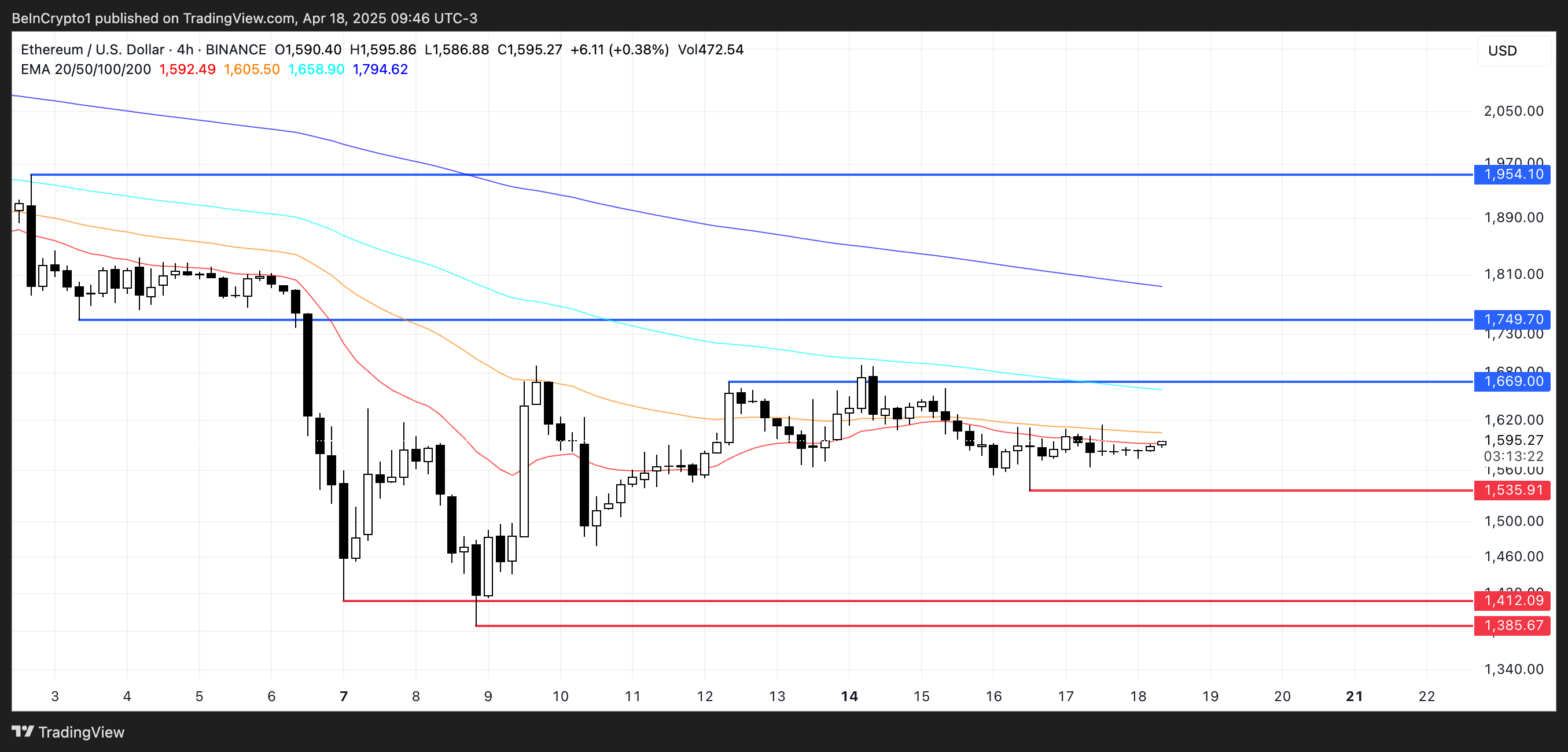
Still, a bullish reversal is not entirely out of the question. If buying pressure returns and Ethereum reclaims short-term momentum, it could test the resistance level at $1,669.
A breakout above that would be a significant technical signal, potentially pushing Ethereum price toward $1,749 and even $1,954.
However, with EMAs still tilted to the downside, the burden remains on bulls to prove that momentum has shifted decisively in their favor.
Disclaimer
In line with the Trust Project guidelines, this price analysis article is for informational purposes only and should not be considered financial or investment advice. BeInCrypto is committed to accurate, unbiased reporting, but market conditions are subject to change without notice. Always conduct your own research and consult with a professional before making any financial decisions. Please note that our Terms and Conditions, Privacy Policy, and Disclaimers have been updated.
-

 Market19 hours ago
Market19 hours agoBinance Leads One-Third of the CEX Market in Q1 2025
-

 Altcoin18 hours ago
Altcoin18 hours agoDogecoin Price Breakout in view as Analyst Predicts $5.6 high
-

 Ethereum17 hours ago
Ethereum17 hours agoEthereum Investors Suffer More Losses Than Bitcoin Amid Ongoing Market Turmoil
-
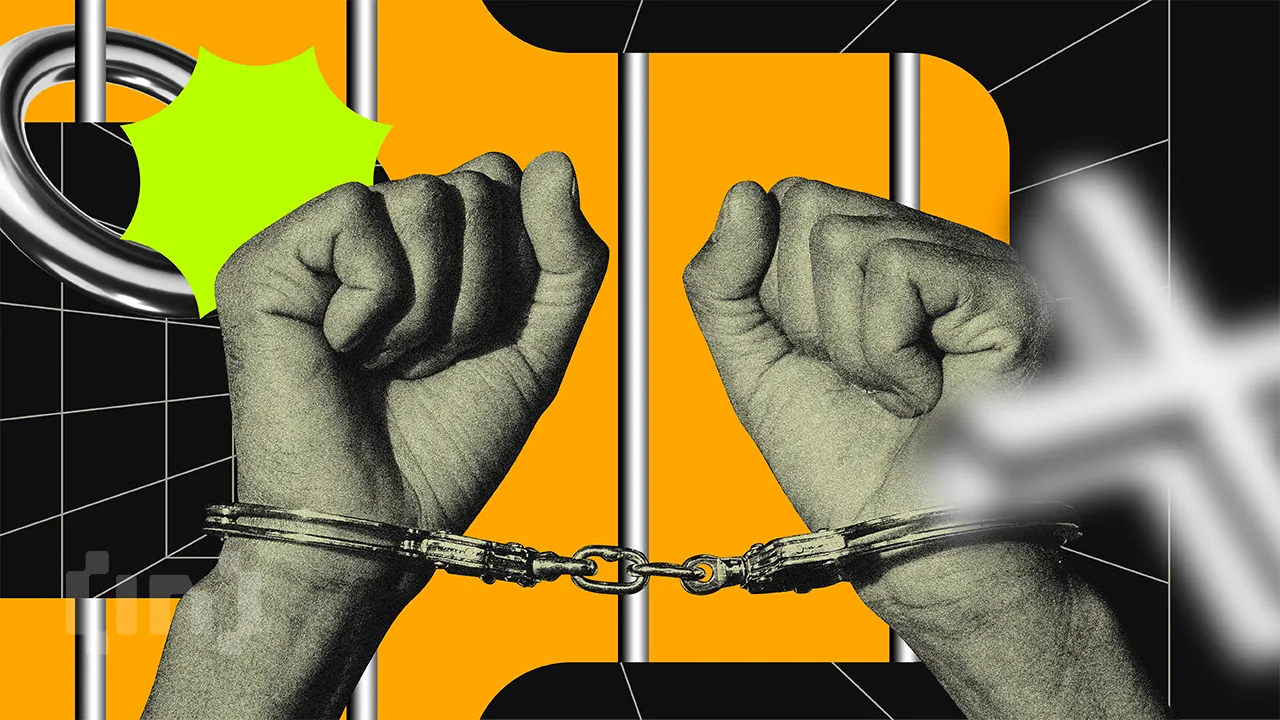
 Market23 hours ago
Market23 hours agoCrypto Casino Founder Charged With Fraud in New York
-

 Ethereum22 hours ago
Ethereum22 hours agoEthereum Whales Offload 143,000 ETH In One Week – More Selling Ahead?
-

 Market20 hours ago
Market20 hours agoCrypto Ignores ECB Rate Cuts, Highlighting EU’s Fading Influence
-
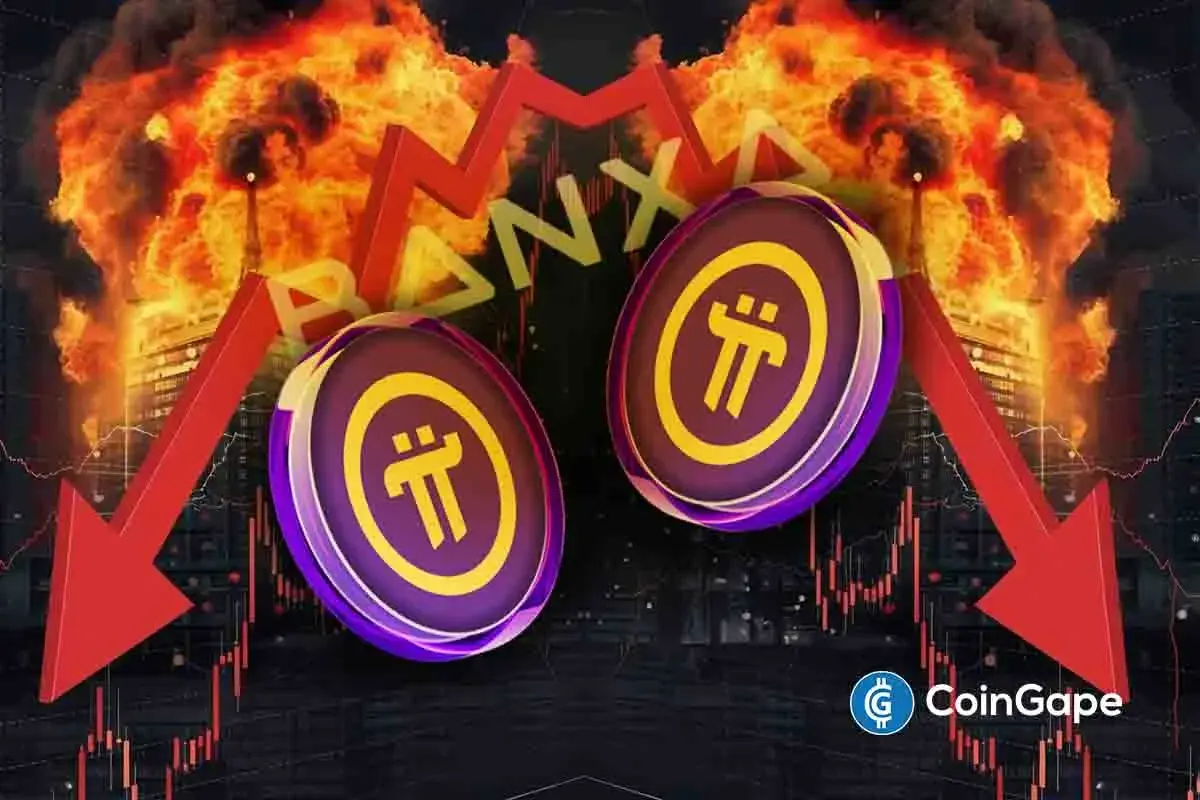
 Altcoin14 hours ago
Altcoin14 hours agoExpert Predicts Pi Network Price Volatility After Shady Activity On Banxa
-

 Market18 hours ago
Market18 hours agoHedera Struggles Under $0.17 Despite Strong Support





